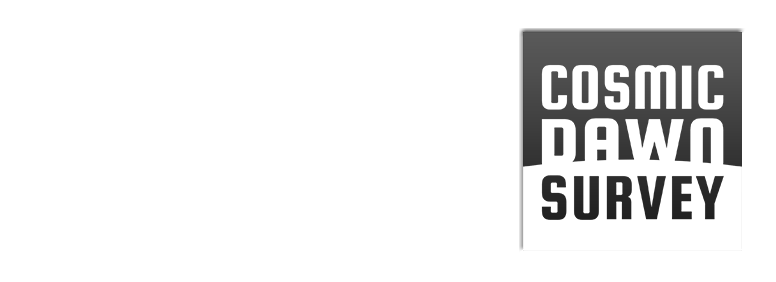H20 Spectroscopy with Keck DEIMOS
The Hawai'i Two-0 (H20) Survey provides ultradeep UV/optical photometry for Euclid Deep Field North (EDF-N) and Euclid Deep Field Fornax (EDF-F) (DR1: Zalesky et al. 2025). Using these photometric catalogs, we conducted a spectroscopic followup survey to confirm protoclusters at z ~ 3- 4. From 2019 to 2023, we targeted overdensities of Lyman break galaxies (LBGs) with Keck II/DEIMOS to spectroscopically confirm their redshifts with the Ly𝛂 emission line. We selected LBGs at z ~ 3 - 4 as g-band dropouts. We require 21 < r < 26.5 to remove low-z interlopers and sources too faint to reach an emission line signal-to-noise of 3 with DEIMOS. We also require that g-dropouts are detected in i-band. We selected overdensities of g-band dropouts using weighted von Mises kernel density estimation. We observed 47 DEIMOS masks of 30 - 70 sources each, including g-band dropouts and filler sources with photometric redshifts z ~ 0 - 1.5. We used the GG450 filter and 600ZD grating, which covered ∼ 4500 − 8500 Å with resolution R ∼ 2000 at central wavelength 6500 Å.
The observed wavelengths of key emission lines as a function of redshift.
We targeted two masks each night, with a goal of 4 hr total exposure time on each mask. Individual science frames were taken with 1200s exposures. We attained ~ 2 − 4 hr of on-source integration with typical seeing ~ 0.′′7 − 1.′′2. We reduced our multi-slit DEIMOS spectra with PypeIt, a Python-based reduction pipeline. Because the majority of our spectra do not have continua, we used visual inspection to measure redshifts from emission lines. We identified Ly𝛂 detections as single, blue-asymmetric lines with no blue continuum. For low-z sources, we identified [OII]3726-3729, H𝛃, and [OIII]4949-5007 lines. For each redshift measurement, we assigned a confidence level from 1 (weak detection) to 4 (high S/N, multiple lines). In total, we measured 503 redshifts with a success rate of ~20% per DEIMOS mask.
An example Ly𝛂 detection at z = 3.475.
These spectra will be published in a catalog paper in 2025, with a following paper describing protocluster confirmation and analysis.
The Texas-Euclid Survey for Lyman-Alpha (TESLA)
The Texas-Euclid Survey for Lyman-Alpha (TESLA; Chávez Ortiz et al. 2023) is a spectroscopic survey targeting a 10 deg2 region in the centre of EDF-N to generate a large sample (∼50,000) of Ly-α emitting galaxies (LAEs) at redshifts z = 2–3.5 in order to explore how the physical properties of LAEs correlate with emerging Ly-α emission. The combination of these spectra with the deep H20 imaging allows for redshift identification of TESLA-identified emission lines via spectral energy distribution (SED) fitting and subsequent analyses, including the study of the physical properties of identified LAEs. TESLA spectroscopic data is acquired by the Visible Integral-field Replicable Unit Spectrograph (VIRUS; Hill et al. 2018) instrument atop the Hobby-Eberly Telescope. The VIRUS instrument has a wavelength coverage of 3500–5500 Å with a resolving power of R ∼ 800 making the VIRUS instrument optimal for detecting Ly-α emission from galaxies at redshifts z = 1.9–3.5, as well as OII-emitting galaxies at z < 0.5.








